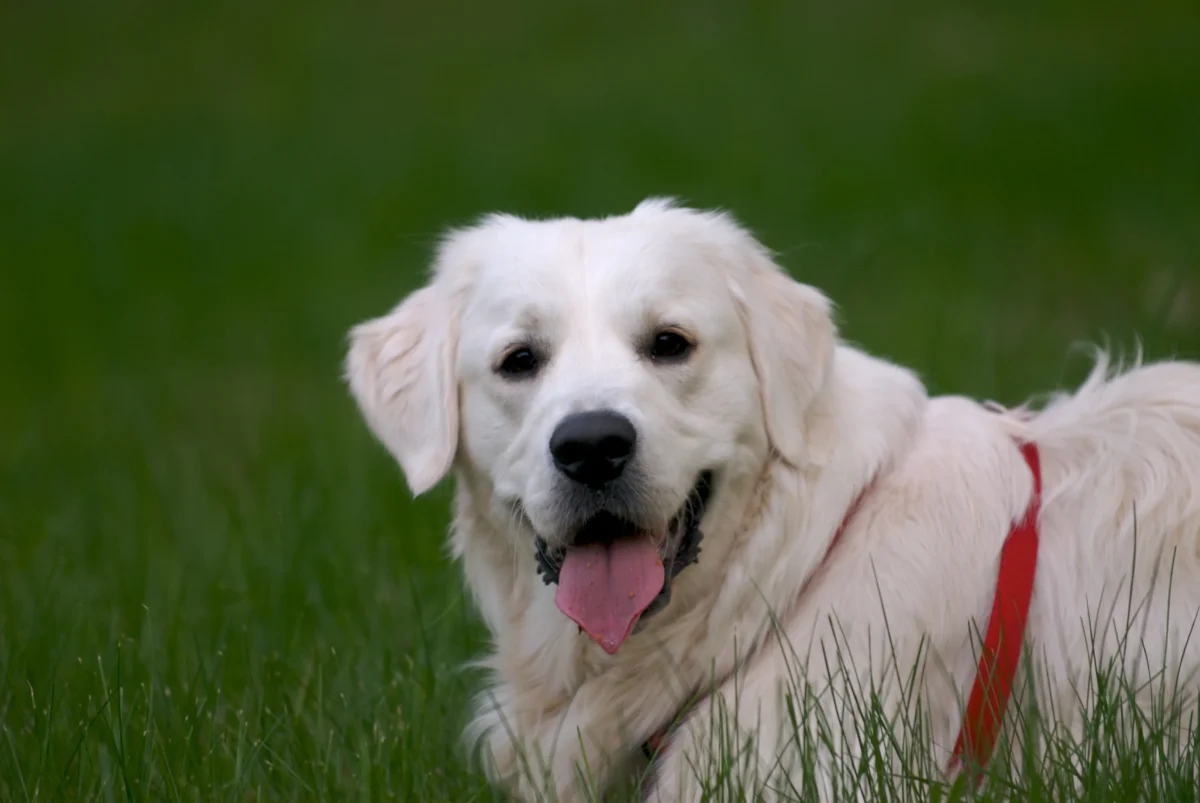It is a well-known theorem that dogs do not see the same colors as we do. Some theorists even claim that dogs do not see color at all. But this is not true. Yes, dogs see differently than humans, but they don’t see in pure black and white. So, which colors do dogs see?
Have you ever wondered what color is? It’s a difficult question to answer. Is it an object’s physical property? A sensation in your mind? An emotion? The answer is all of the above.
What Is Color?
Objects reflect light of certain wavelengths back into our eyes. That reflection triggers nerve impulses in the retina at the back of our eye that are sent to our brain. Our brain then decodes those impulses into the colors we see.
So, color is simply light waves reflecting off an object and hitting our eyes. But there’s a lot more to it than that!
Color can also be affected by the object’s surface. For example, a smooth, shiny surface will reflect light differently than a rough, matte surface. And the angle at which we view an object can also affect the color we see.
But what about when we see colors that aren’t really there? Like when we look at a rainbow or see the light shining through a prism? In those cases, the light is being refracted or bent. This bending creates what’s called a spectrum of colors. Each color in the spectrum corresponds to a different wavelength of light.
So now we know that color is a physical property of light waves and their interaction with objects. Colors can evoke certain emotions and feelings in us. They can be used to create certain moods or atmospheres. And they can also be used as a form of communication.
What Colors Can Dogs See?
Dogs can see some colors, but their perception of color is not as rich as ours. They can distinguish between blue, yellow, and gray, but they cannot see red and green (these colors look like a shade of gray to them).
This limited color perception is due to the fact that dogs have fewer types of cones in their eyes than we do. Cones are cells in the retina that absorb light and allow us to see colors. Humans have three types of cones, while dogs have only two.
Dogs also have poorer visual acuity than we do. This means that they cannot see as much detail as they can. Their field of vision is about 240 degrees compared to our 180-degree field of vision. Dogs also see things differently than we do because their eyes are positioned more on the sides of their heads, giving them a broader view but making it more difficult for them to focus on specific objects.
Despite these differences, dogs are still able to see quite well. Their eyes are specially adapted to help them see in low light conditions and to pick up on movement. So even though their color perception is not as rich as ours, they are still able to see and enjoy the world around them.
How Do Dogs See Color?
Contrary to popular belief, dogs are not actually colorblind in the traditional sense of the word. This is because they do have some limited ability to see colors – just not as many as we do. Humans have three types of color-sensitive cells in their eyes, which are known as cones.
These cones are sensitive to red, green, and blue light, and by combining these different colors in different proportions, we can perceive a wide variety of additional colors. Dogs, on the other hand, only have two types of cones, which makes it so they can only see blue and yellow light. This limited color palette means that dogs don’t see colors the same way we do – but that doesn’t mean they don’t see them at all.
So how does this affect the way dogs see the world? For one thing, it means that they’re not as good at distinguishing between different shades of colors as we are. To a dog, green and yellow may look very similar, as might red and orange. In addition, because they don’t see red light, dogs also have trouble seeing objects that are primarily red in color – which is why so many toys and balls designed for dogs are usually green or yellow.

« The Ultimate Guide to Potty Training Your Golden Retriever Puppy
Do Golden Retrievers Bite? »
That said, just because dogs don’t see color in the same way that we do doesn’t mean they don’t perceive the world around them in rich and vibrant ways. Dogs have other types of light-sensitive cells in their eyes, called rods, which provide them with black-and-white vision.
These cells are very sensitive to movement, which is why dogs are so good at tracking fast-moving objects – like a Frisbee or a squirrel. In addition, dogs also have a layer of tissue in their eyes called the tapetum lucidum, which helps them see better in low-light conditions. So, while they may not be able to appreciate a beautiful sunset the way we can, dogs still have their own unique way of seeing and experiencing the world.
Best Toy Colors For Dogs
Now that you know how dogs see color, you might be wondering what colors are best for them when it comes to choosing toys and other objects. While there is no definitive answer, there are some general guidelines you can follow.
For example, since dogs have trouble seeing red light, it’s usually best to avoid using red toys with them. Red balls or Frisbees can be very difficult for dogs to see, which may cause them to lose interest in playing with them. Instead, try using blue, green or yellow toys, which will be much easier for your dog to see.
In addition, it’s also a good idea to avoid using very dark-colored toys with your dog. Dark colors can be hard for dogs to discern from their surroundings, making it difficult for them to focus on the toy. Light-colored toys are usually best, as they will be much easier for your dog to see and interact with.
So, the next time you’re shopping for toys for your furry friend, keep these tips in mind and look for colors that will be easy for your dog to see. Your pup is sure to appreciate it!
Our Final Thoughts
Dogs have a different way of seeing color than humans, but that doesn’t mean they don’t see colors at all. Dogs are able to see blue and yellow light, which gives them a limited color palette. This means that dogs may not be able to distinguish between different shades of colors as well as humans can, but they still see the world in rich and vibrant ways. When shopping for toys for your dog, try to stick to colors that are easy for them to see, like blue, green, or yellow.









